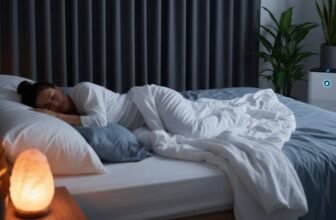
It’s 11:00 PM, and you’re exhausted. Your eyes are burning, your body feels heavy, but your brain? Your brain is running a marathon. It’s cataloging emails you didn’t send, replaying a conversation from three days ago, and worrying about a meeting that hasn’t happened yet.
We call this being “tired but wired.” And honestly, it’s become the default state for most of us.
If you look at the numbers, we are in the middle of a massive sleep deficit. Between 50 and 70 million adults in the U.S. suffer from a sleep disorder. We’re spending billions on melatonin gummies, weighted blankets, and prescription aids, yet we’re more tired than ever.
But here’s what I think we’re missing: We’re trying to fix a biological problem with chemical solutions, when the answer might be mechanical. It’s called the Wind-Down Walk.
It’s not a workout. It’s not about burning calories. It’s a specific, 15-minute biological signal that tells your ancient brain that the day is over and it’s safe to power down.
The Sedentary Paradox: Why Your Brain Won’t Shut Off

To understand why this works, we have to look at how weird our modern lives actually are.
We are living in a “Sedentary Paradox.” Most of us spend 10 to 12 hours a day sitting still, but our cognitive load is through the roof. We are processing terabytes of information—Slack, emails, news, social media—while our bodies remain completely static.
Evolutionarily, this makes no sense. To your body, high stress (like a deadline) implies a physical threat (like a lion). When you feel stress but don’t move, your body floods with adrenaline and cortisol, waiting for a fight that never comes. You end up with a brain that screams “Danger!” and a body that’s full of unused energy.
The Wind-Down Walk bridges this gap. It’s a low-intensity “burn-off” valve. It matches your physical state to your mental state, finally allowing the systems to sync up and shut down.
How It Works: The Mechanics of “Quiet”
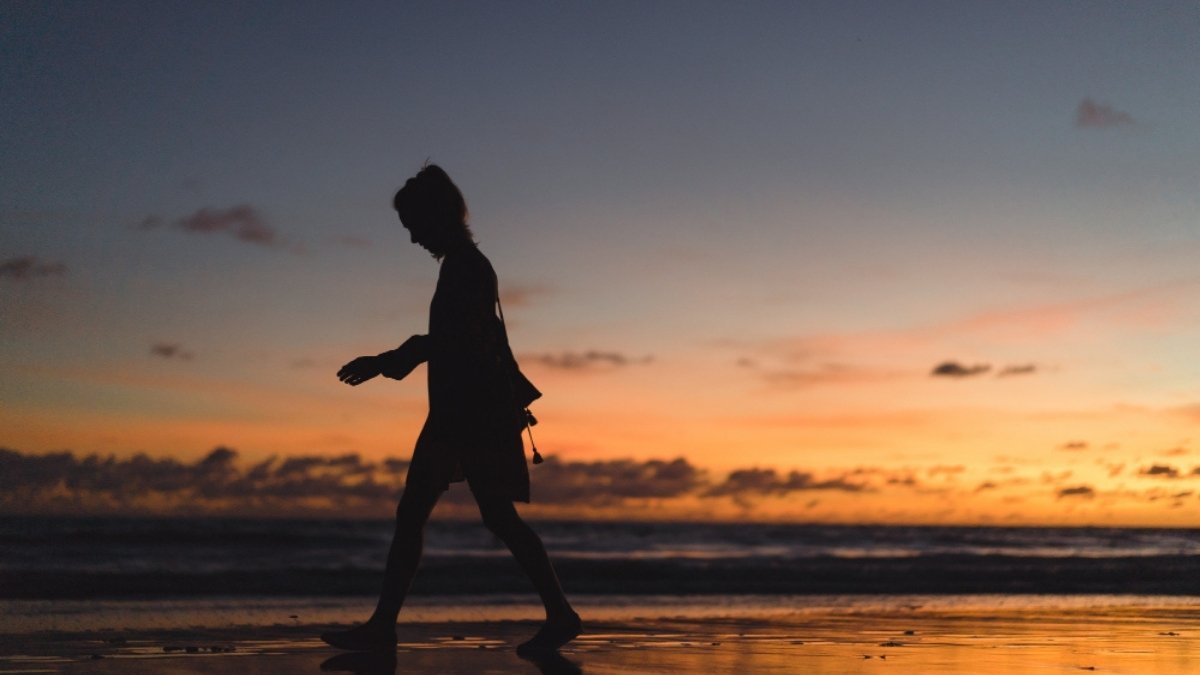
This isn’t just about “clearing your head.” There are four distinct physiological mechanisms that kick in when you take a gentle walk in the evening.
1. The “Warm Bath” Effect (Thermoregulation)
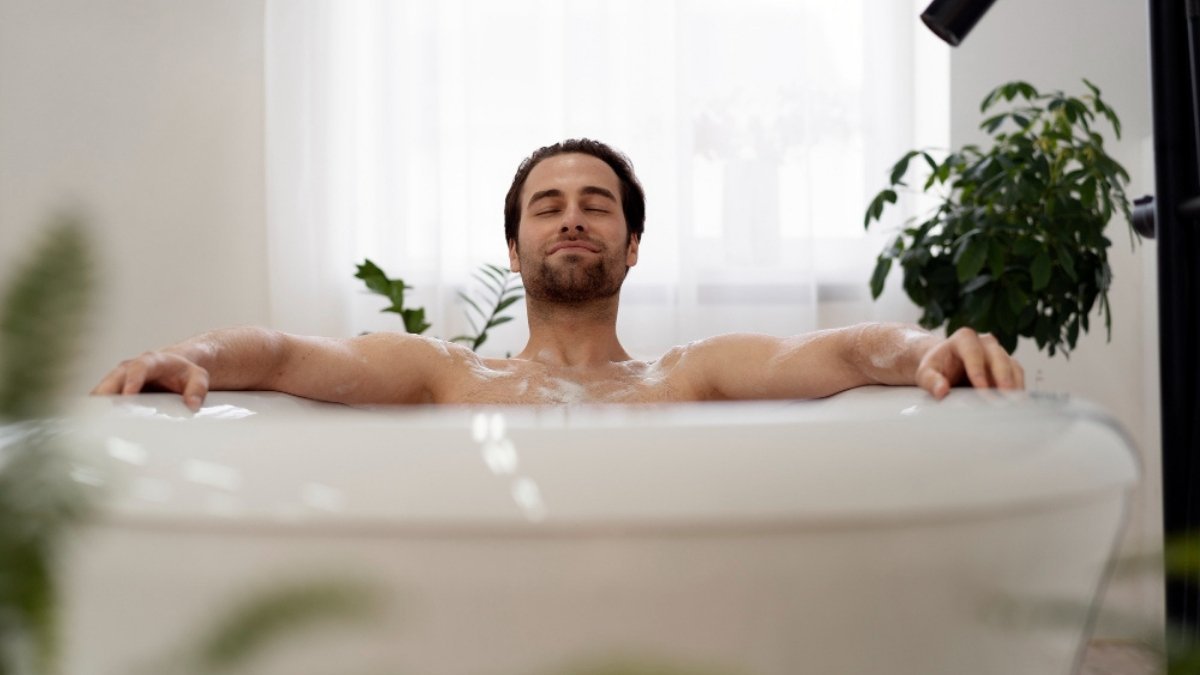
This is the coolest part of the science (pun intended). We often hear that you need a cool room to sleep. That’s true, but the trigger for sleep is actually the rapid drop in your core body temperature ($T_{core}$).
For you to fall asleep, your core temp needs to drop by about 2–3°F.
When you go for a 15-minute walk, your body temperature rises slightly. Your body responds by opening up the blood vessels in your hands and feet (a process called distal vasodilation) to release that heat. When you stop walking and come inside, those open vessels dump heat rapidly, causing your core temperature to plummet.
It’s the same physiological trick as taking a warm bath before bed. You are warming the “shell” (your skin and limbs) to cool the “core” (your brain and organs). If you’re someone who struggles with cold feet in bed, this is often the cure—you can’t fall asleep if your feet are cold because your body is trapping heat in your core to protect you.
2. The “Passeggiata” Protocol (Blood Sugar Stability)
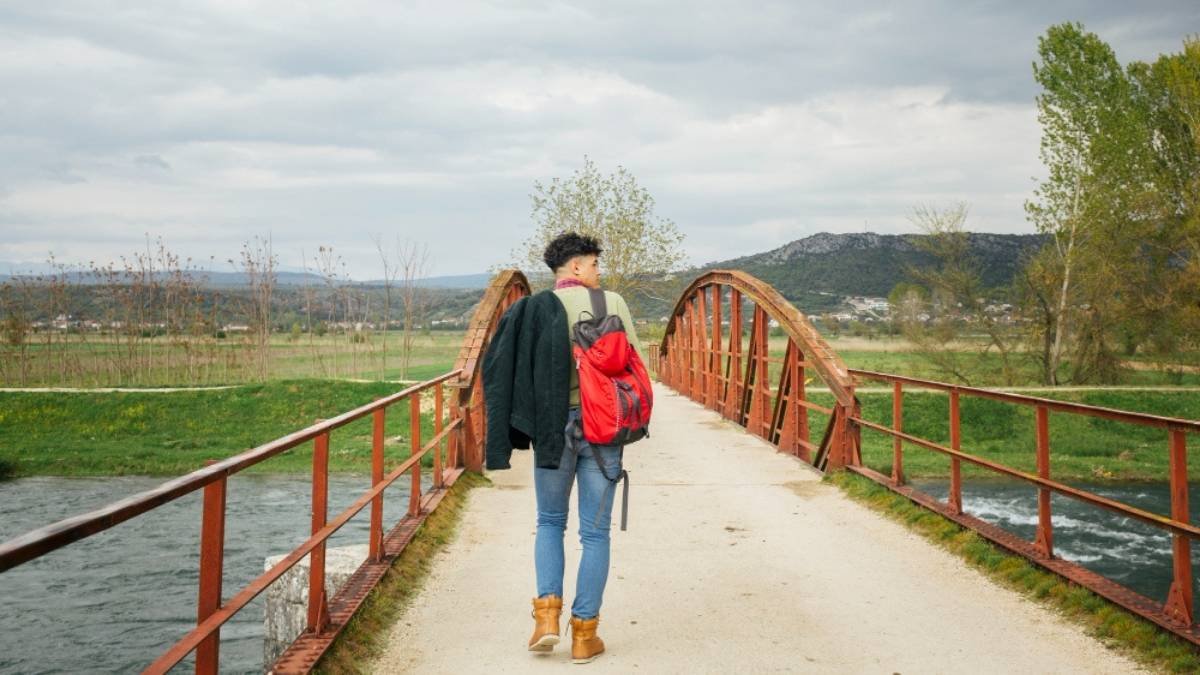
Have you ever woken up at 2:00 or 3:00 AM, heart pounding, wide awake?
That’s often not anxiety; it’s a blood sugar crash. If you eat a heavy dinner and then sit on the couch, your glucose spikes, insulin floods your system, and hours later, your blood sugar crashes. Your brain panics, thinks it’s starving, and dumps cortisol and adrenaline to wake you up and release stored sugar.
The Italians have known the fix for centuries: La Passeggiata (the evening stroll).
Walking for just 10 to 15 minutes after dinner engages your large muscles (glutes and quads). These muscles soak up glucose from your bloodstream without needing nearly as much insulin. This blunts the sugar spike, which prevents the sugar crash. No crash means no 3:00 AM wake-up call.
Expert Insight: “The simple act of walking after eating has been practiced in cultures all over the world… it aids digestion, dampens the post-meal surge in insulin, and stimulates metabolism.” — Dr. Barbara Johnson
3. Optic Flow: Quieting the Amygdala

Stanford neurobiologist Andrew Huberman talks a lot about “optic flow.” When you walk, objects naturally move past your visual field. This self-generated visual motion has a profound effect on the brain.
When we stare at screens, our vision is narrow and static, which keeps the brain in a state of high vigilance. Optic flow does the opposite—it quiets the amygdala (the brain’s threat detection center) and lowers anxiety levels. It’s a visual signal to your nervous system that you are moving forward and you are safe.
4. The “Third Space” (Psychological Detachment)

This is a big one for the work-from-home crowd. We used to have commutes—a buffer zone between “Work You” and “Home You.” Now, the commute is often just closing a laptop and walking five feet to the couch. We’ve lost the boundary.
Psychologists call this Psychological Detachment—the ability to mentally disconnect from work. Research shows that if you don’t detach in the evening, you actually struggle to “reattach” and focus the next morning.
The Wind-Down Walk creates a “Third Space.” It’s a physical boundary. By leaving your house (the stress container), you signal to your brain that the workday is officially over. It breaks the loop of checking email “just one more time.”
Not All Walking Is Created Equal: The “Awe Walk”

You might be thinking, “Can I just walk on a treadmill?” You can, but you’d be missing out on a superpower: Awe.
Dr. Dacher Keltner at UC Berkeley has studied something called the “Awe Walk.” He found that when older adults took a 15-minute walk where they intentionally looked for things that amazed them—a sunset, a weird-looking tree, the way light hits a building—they reported significantly less stress and more positive emotions than people who just walked for exercise.
Awe makes us feel small in a good way. It quiets the “nagging self”—that voice in your head obsessing over your to-do list. So, when you go out, don’t just look at your feet. Look up.
The Data: Intensity Matters (Don’t Run!)
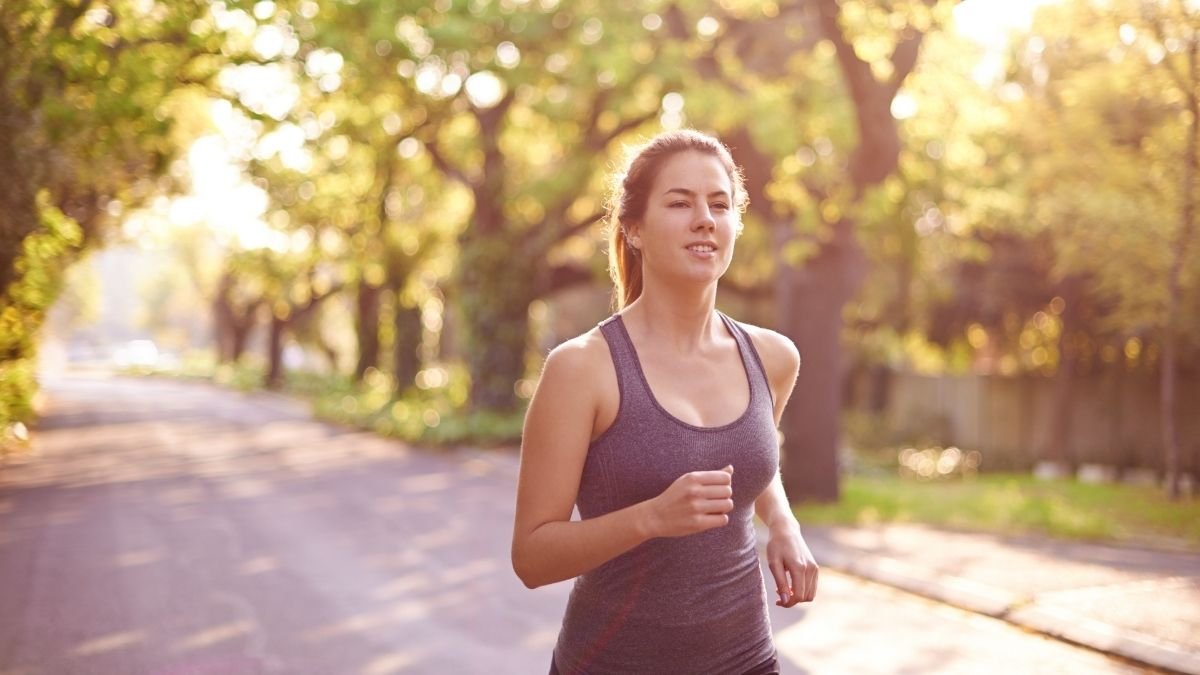
Here is where people mess this up. They turn the “Wind-Down” into a workout. They power walk, they jog, they try to close their Apple Watch rings.
Stop.
If you go too hard, you spike cortisol and adrenaline, which is the opposite of what we want. A massive meta-analysis of evening exercise found a clear “U-shaped” curve for sleep benefits.
🛌 Activity & Sleep Timing: What’s the Impact? 🏃♀️
Why? Spikes adrenaline and core temperature too high right before bed. This can significantly delay sleep onset and reduce the quality of your deep REM sleep cycles.
When? Okay, but only if completed 2+ hours before bed. It doesn’t actively help you wind down immediately, but the intense work generally promotes good sleep later on.
When? Okay, but only if completed 2+ hours before bed. A very light walk itself is fine, but it needs distance from bedtime to avoid stimulating your system right before sleep.
Why? This inactivity can lead to a “tired but wired” state, cause blood sugar volatility, and results in delayed sleep onset as your body’s energy balance is thrown off.
Key Stat: Low-Intensity Exercise (LIE) was found to be the most effective method for shortening Sleep Onset Latency (how fast you fall asleep).7
The Protocol: How to Do It Right
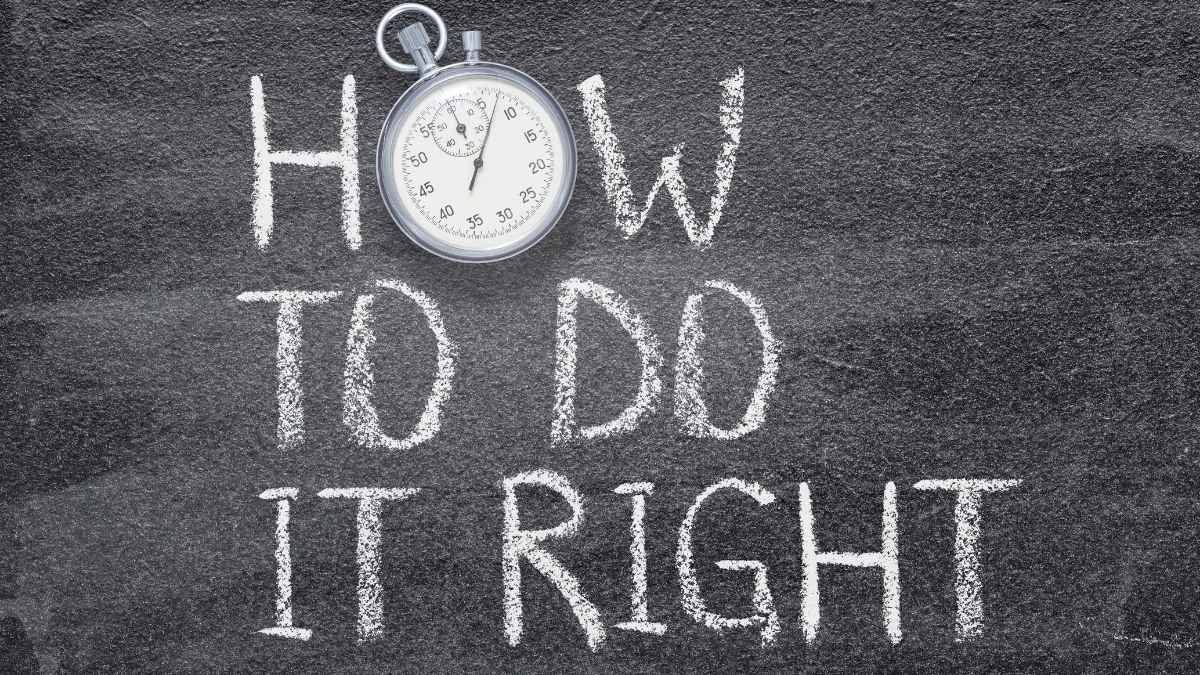
Ready to try it? Here is the specific protocol. Don’t overcomplicate it.
1. The Timing
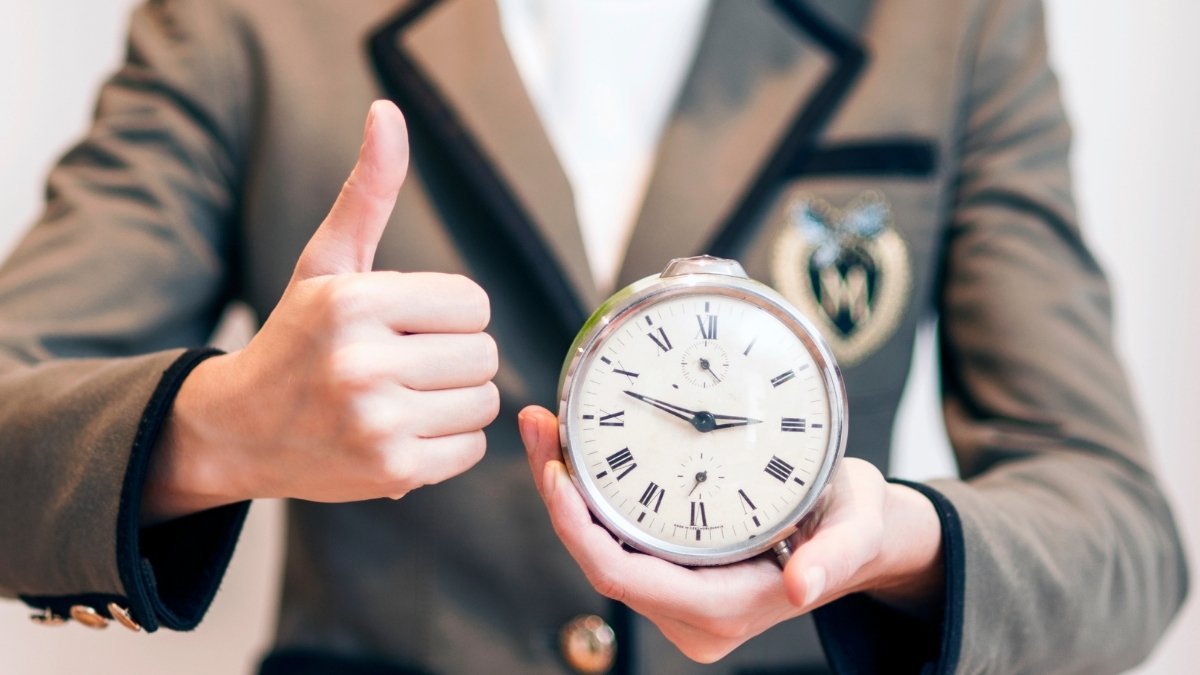
- Best: 60–90 minutes before bed. This gives your body time to heat up and then experience that sleep-inducing cool down.
- Also Good: Immediately after dinner (The Passeggiata). Great for preventing the 3 AM wake-up.
2. The Duration
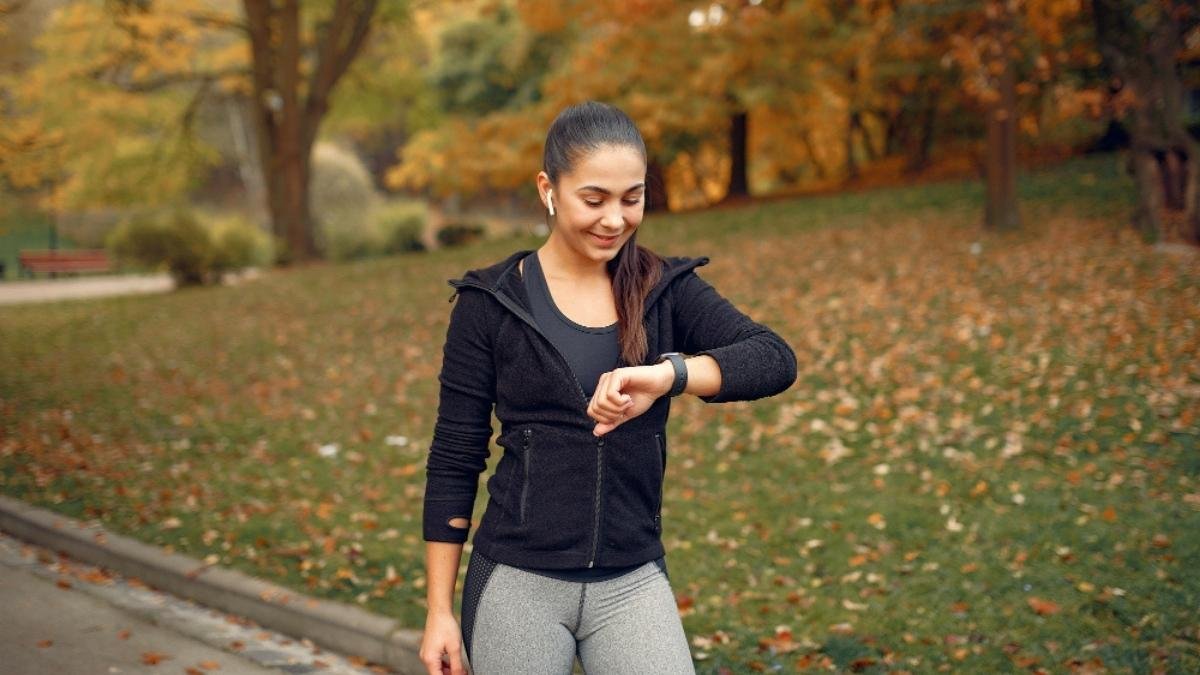
- 15 Minutes. That’s the minimum effective dose. You don’t need an hour. Consistently hitting 15 minutes every night is better than doing an hour once a week.
3. The Pace
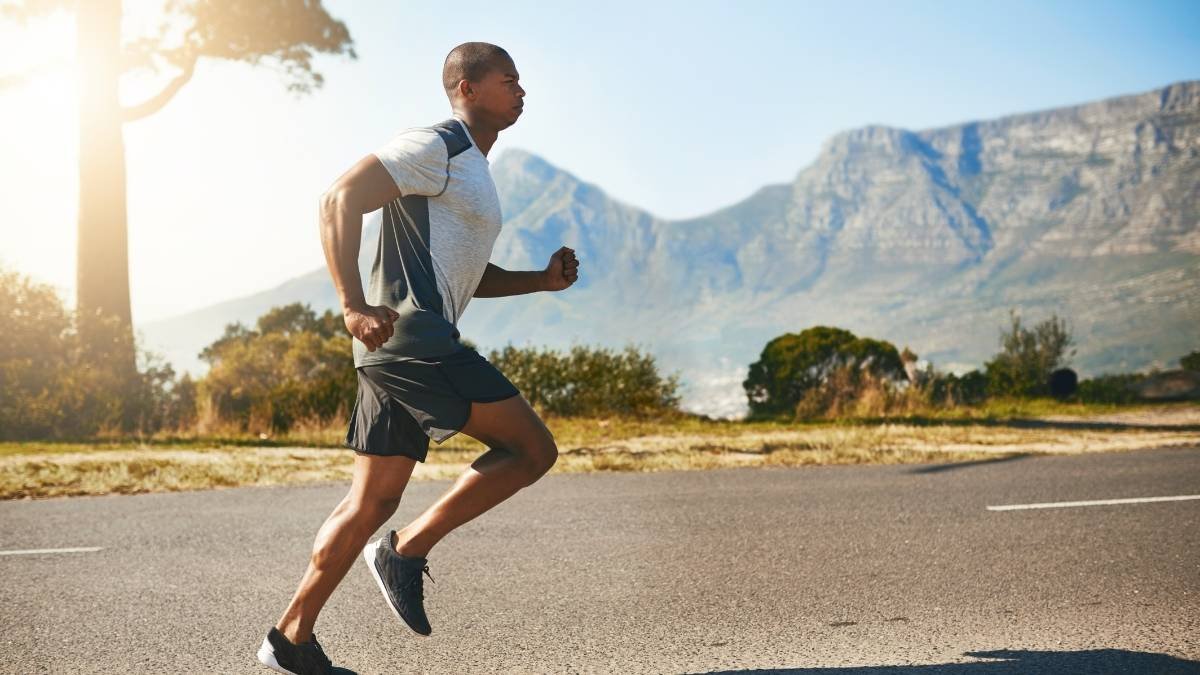
- Zone 1. You should be able to breathe through your nose the entire time. If you can’t hold a conversation, you’re going too fast. This is a stroll, not a march.
4. The Environment (Green vs. Grey)
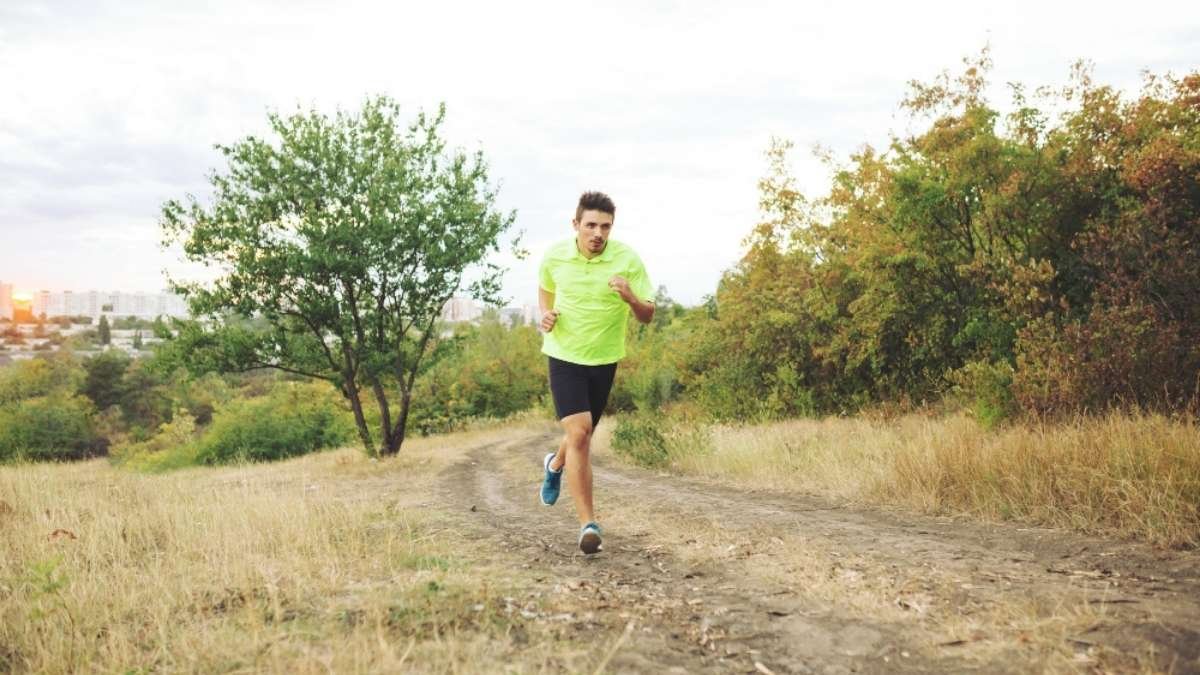
- If you can, walk near trees or water (“Green Exercise”). Research shows it lowers cortisol more than walking in a city center.
- Safety First: If you walk at night, wear reflective gear or a light. The “Night Air” myth (that night air is sickly) is dead—city air is often cleaner at night because traffic is lower.
5. The “Tech-Free” Rule
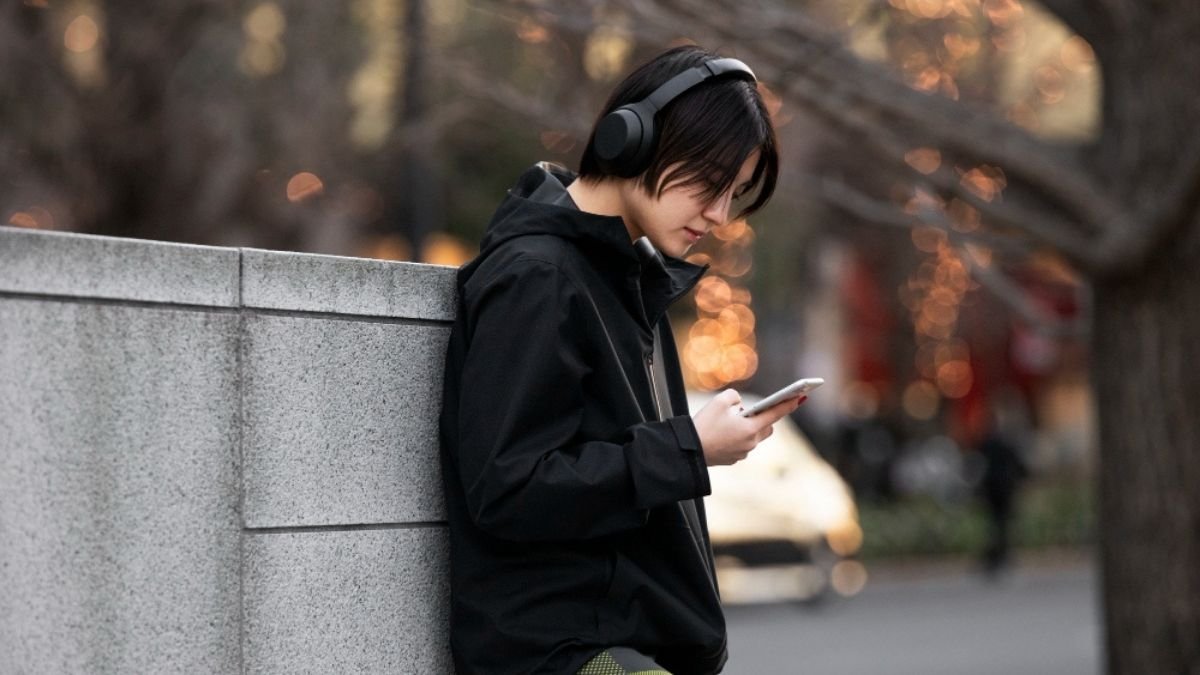
- Leave the podcasts about politics or business at home. No work calls.
- Listen to: Silence, ambient noise, or fiction. Give your directed attention a break.
Use Some Useful Products That Can Improve Your Experience
Look, the whole point of this walk is simplicity. You don’t need gear to walk out your front door. But if you’re anything like me, having a few reliable tools can make the difference between “I should go for a walk” and “I’m actually going.” Safety is huge—if you don’t feel safe, you won’t relax (and the whole cortisol-lowering benefit goes out the window). And comfort? Well, nobody wants to walk with blisters. Here are a few things that might help you stick to the habit.
1. Noxgear Tracer2 Visibility Vest
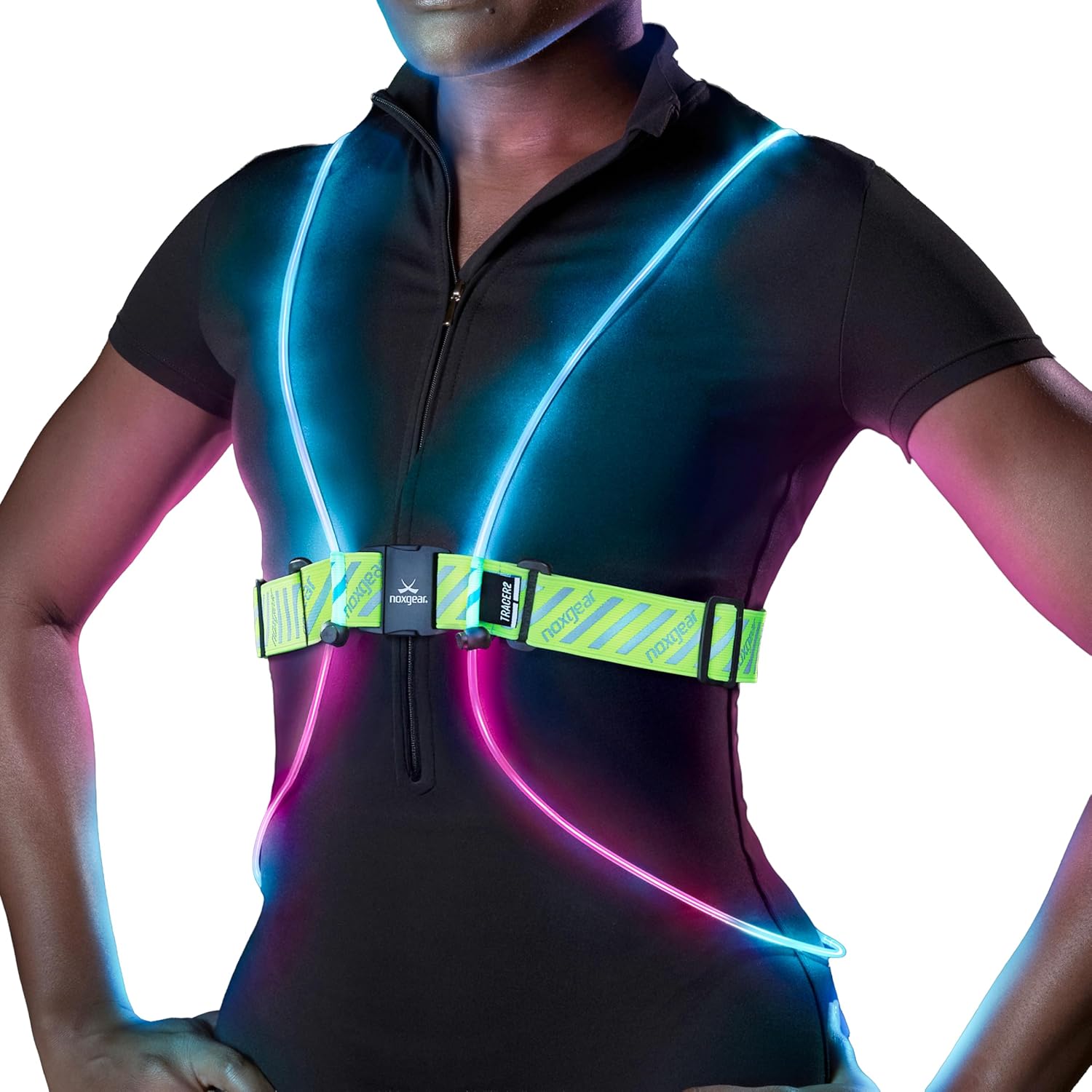
If you’re walking in the evening, “being seen” is non-negotiable. This isn’t your average construction worker vest; it’s lightweight, changes colors, and makes you visible from a quarter-mile away. It fits over a jacket easily, so you don’t have to fiddle with sizing.
2. Shokz OpenRun Pro Bone Conduction Headphones

These are a game-changer for outdoor walking. They don’t go in your ears; they sit outside them. This means you can listen to soothing music or a calming audiobook while still hearing traffic, nature, and your surroundings. It keeps the “optic flow” open to your ears, too.
3. Swanwick “Swannies” Blue Light Blocking Glasses
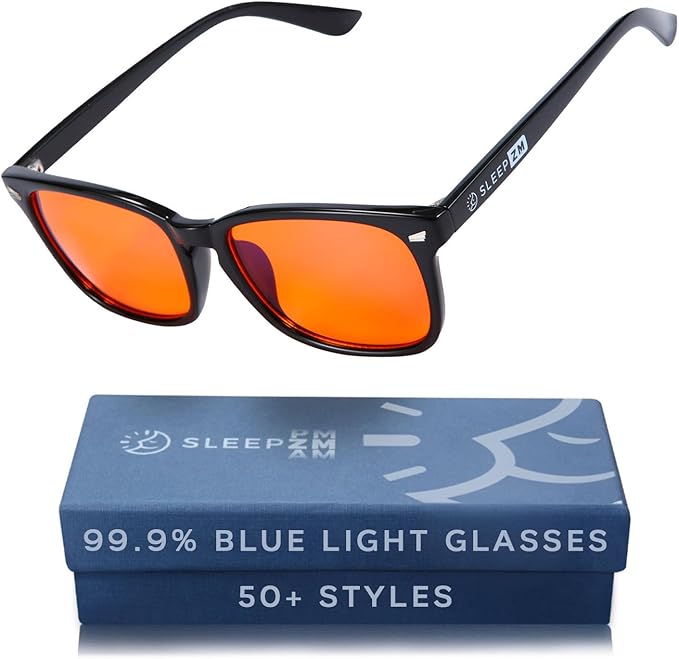
If you come back from your walk and immediately stare at your phone or bright kitchen lights, you undo some of the melatonin benefits. Putting these amber-tinted glasses on after your walk (or during, if you live in a bright city) helps transition your brain into sleep mode by filtering out the junk light.
4. Darn Tough Micro Crew Cushion Socks

Cold or uncomfortable feet can ruin the “warm bath” effect we talked about. These socks are legendary for a reason—they are Merino wool (temperature regulating), have a lifetime guarantee, and keep your feet just the right amount of cozy without overheating.
5. SPIbelt Running Belt

The goal is “Psychological Detachment,” right? It’s hard to detach when you’re clutching your phone and house keys in a death grip. This belt is tiny, doesn’t bounce, and holds your essentials so your hands are free to swing naturally (which helps with that vagus nerve stimulation).
A Final Thought
In a world that sells us complex, expensive solutions for health, the Wind-Down Walk is almost annoyingly simple. It’s free. It requires no equipment. And it takes less time than an episode of a sitcom.
But don’t let the simplicity fool you. By walking those 15 minutes, you are pulling a series of deep, evolutionary levers—thermoregulation, metabolic stabilization, and nervous system downregulation—that no pill can replicate.
Matthew Walker, the famous sleep scientist, said it best: “Good sleepers are good healers. Poor sleepers are poor healers”.
So tonight, put your phone down. Put your shoes on. Step out the door. Your sleep is waiting for you just down the block.




